Looking to surprise your new neighbor with a welcome gift that happens to have an animal decoration on it? Well, depending on where they’re from, you might be bewildered to find them less than impressed with your expression of hospitality. Here are five animals that are common symbols of something, but they may not mean what you think they mean.
1. Butterfly
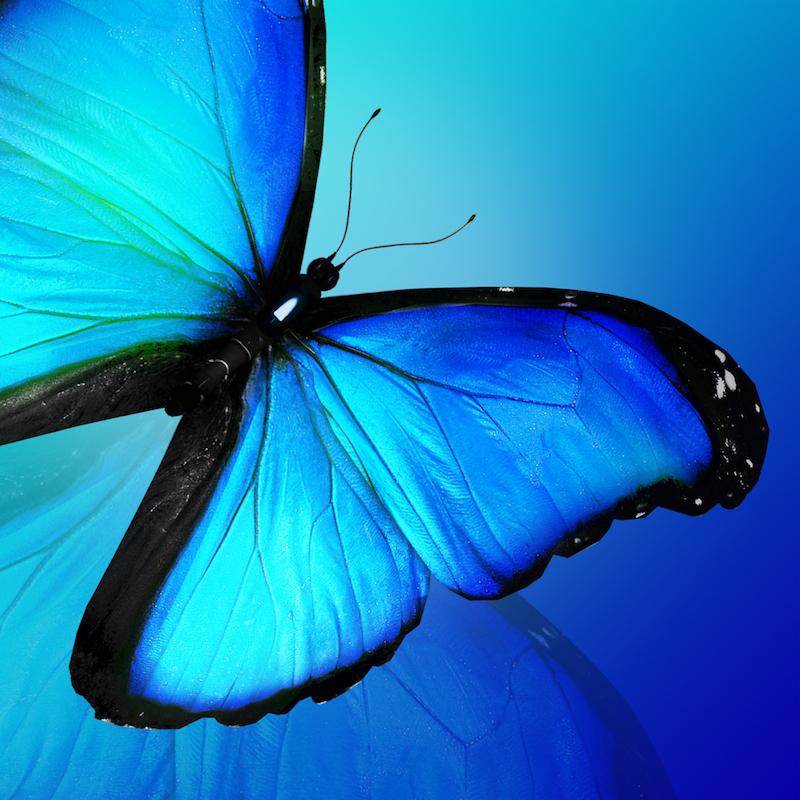
(Blue butterfly via Shutterstock)
In most cultures, the butterfly is a symbol of beauty, the soul, resurrection, and transformation.
The soul part differs slightly across cultures. The word “butterfly” is Greek for “soul.” In Mexico and Asia, the butterfly seen in a household after a relative’s recent passing on is believed to contain the soul of the deceased.
Both Eastern and Western cultures identify with the butterfly’s physical transformation from ugly caterpillar to beautiful butterfly as representative of young girls’ blossoming as they come of age.
While all butterfly species have relatively short life spans (ranging from days to less than a year), to the Chinese, it’s a symbol of long life.
The butterfly, or rather, a pair of butterflies, symbolize love in Chinese culture. This is due to the well-known “Butterfly Lovers” story, featuring a Romeo-and-Juliet’esque star-crossed lovers who transform into butterflies after their deaths.
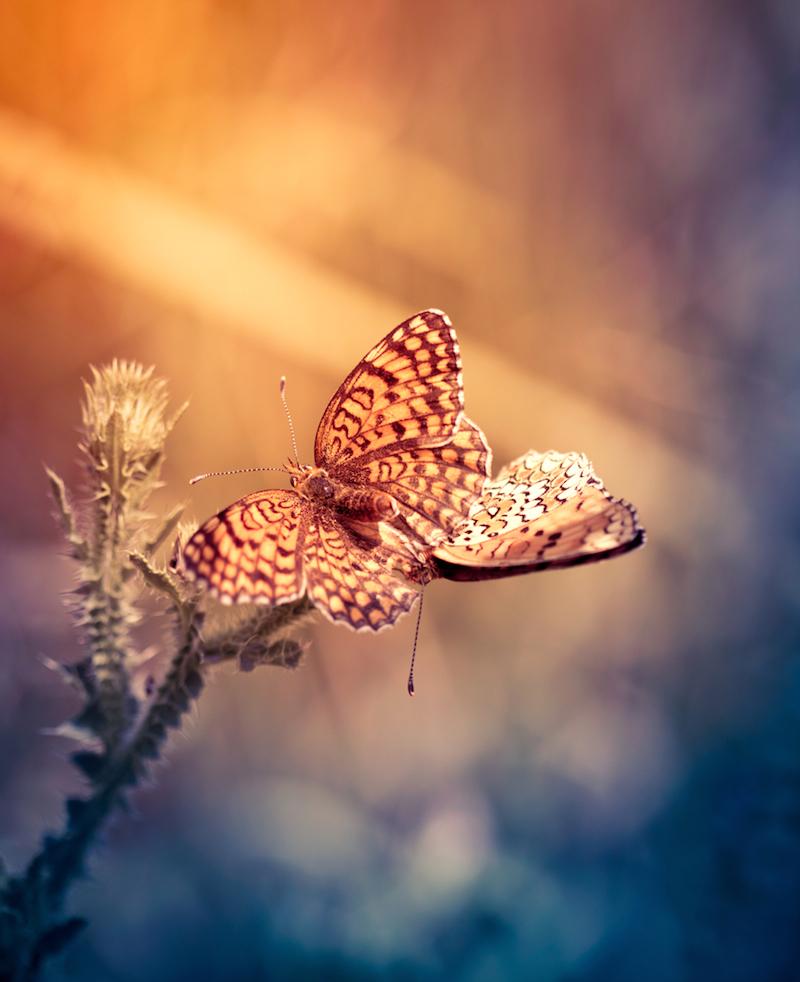
(Pair of butterflies via Shutterstock)
2. Cat
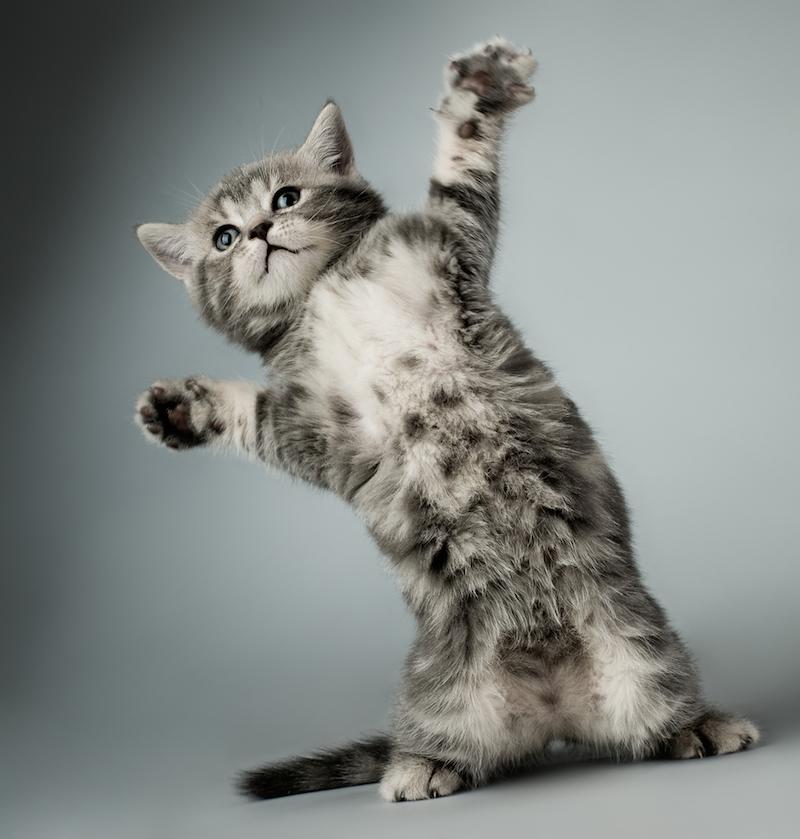
“Unlucky? But I’m so tiny, fluffy and undeniably adorable!” (Standing kitten via Shutterstock)
The cat is linked to fortune and the supernatural.
In European culture, cats are deemed unlucky creatures, and black cats in particular, are connected with witchcraft. This is becoming an increasingly dated belief, however. Cats today aren’t really symbols of anything, unless you count being nearly synonymous with cuteness if you go by the number of pictures and videos of cats that flood the web.
In Asian cultures, the cat’s keen sense of sight gives them a good reputation for being able to sense and ward off evil spirits. In modern times, Japanese and Chinese businessmen have even transformed the cat into a symbol of good wealth with the creation of the “maneki-neko,” or “zhao cai mao,” (literally, cat which brings in wealth) which are normally displayed prominently at shop entrances.
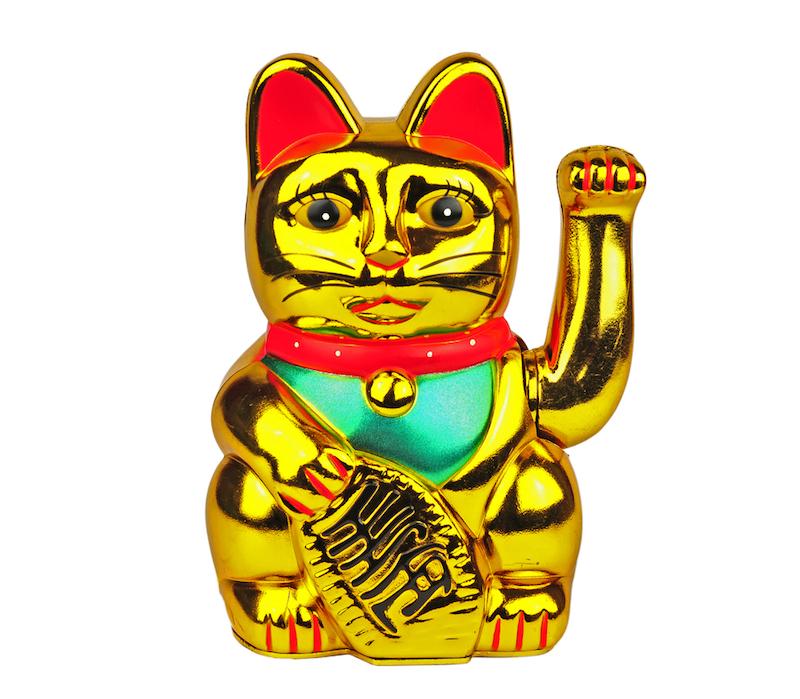
(Maneki-neko via Shutterstock)
3. Bat
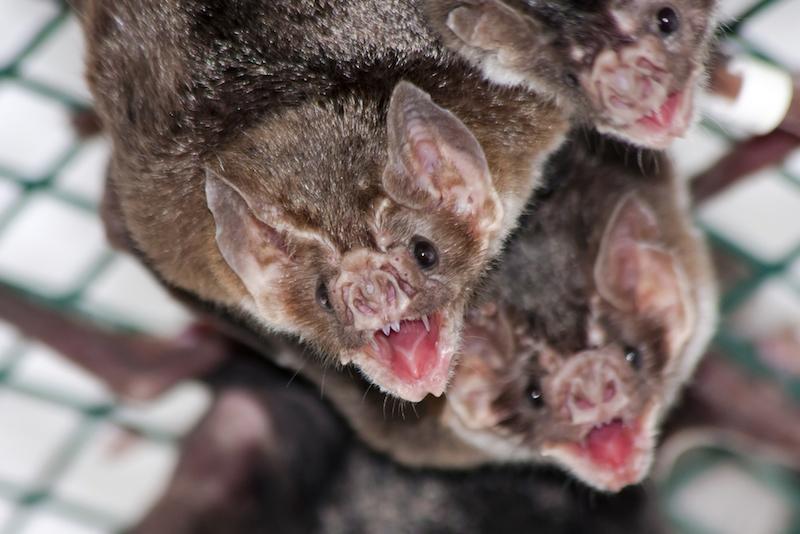
Vampire bats, the only species of bats that imbibe blood for sustenance. (Vampire bats via Shutterstock)
Depending on where you’re from the bat can symbolize death, the supernatural and vampirism, or good fortune.
The ancient Mayan god of death was Camazotz, which translates into “death bat.” The bat’s nocturnal habits and “neither bird nor beast” appearance means it was often associated with the supernatural in the West. The emergence of Bram Stoker’s “Dracula” in 1897 then added the blood-sucking vampire tag to the flying rodent.
You won’t go wrong with giving bat paraphernalia to a Chinese person, though. Because the word for “bat” in Chinese is phonetically similar to “good fortune,” bats are deemed to be lucky creatures, and one can often find pottery and older temples adorned with bat shaped decorations.
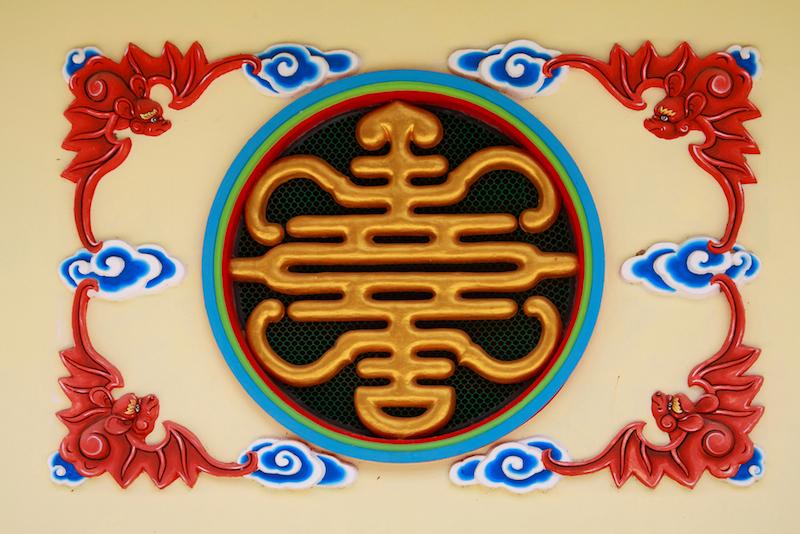
Note the bats at the four corners of this Chinese temple decoration. (Bat decorations via Shutterstock)
4. Owl
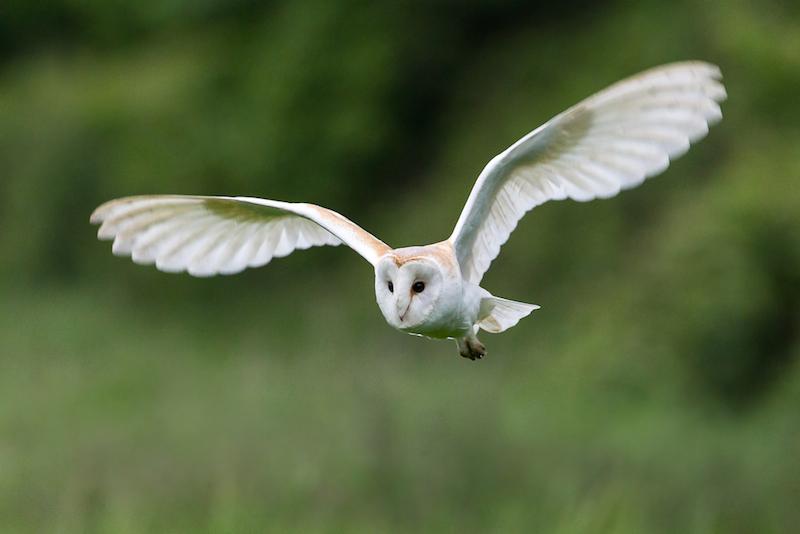
(Barn owl via Shutterstock)
Owls are symbols of fortune, wisdom, the supernatural, and death.
In Celtic, Egyptian, and Hindu cultures, owls are associated with death, but they are not symbols of death. Owls are seen as guardians of the underworld, rather than being signs of impending doom.
In most Asian cultures, owls are regarded as bad luck birds.
This nocturnal bird just can’t catch a break in East Africa and parts of Europe, as they are usually associated with witchcraft.
The ancient Greeks considered owls to be symbolic of wisdom, and this is still the prevailing view in most Western countries and among Winnie-the-Pooh lovers everywhere.
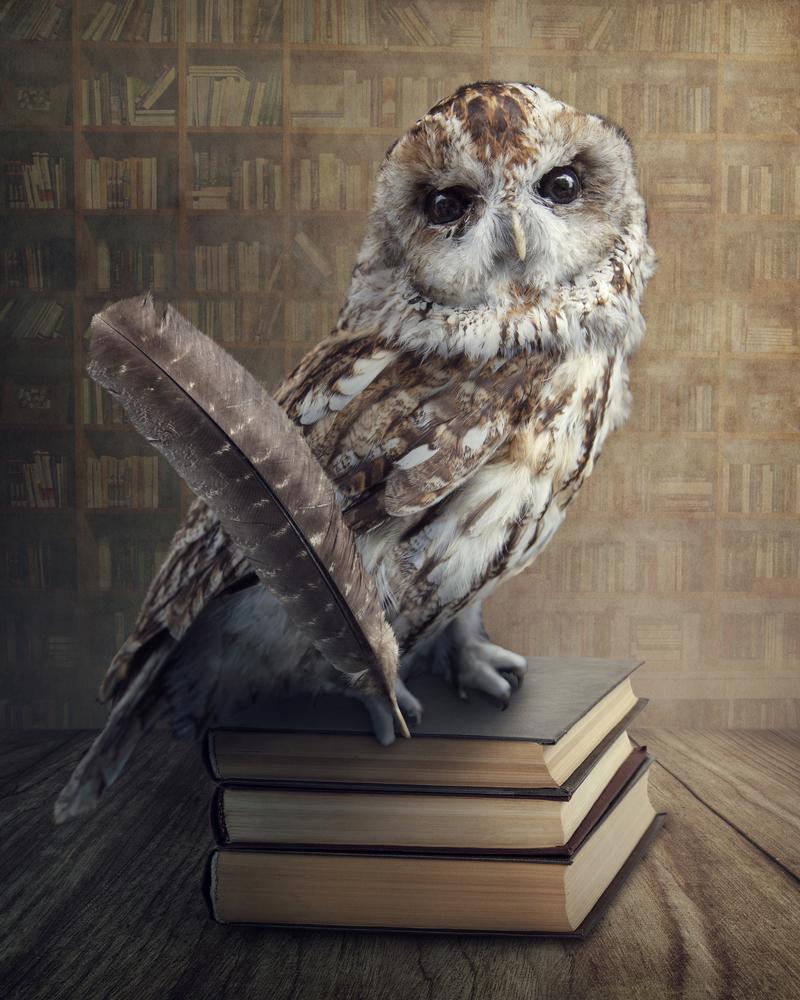
“Evidently, I’m a wise guy.” (Wise owl via Shutterstock)
5. Dragon
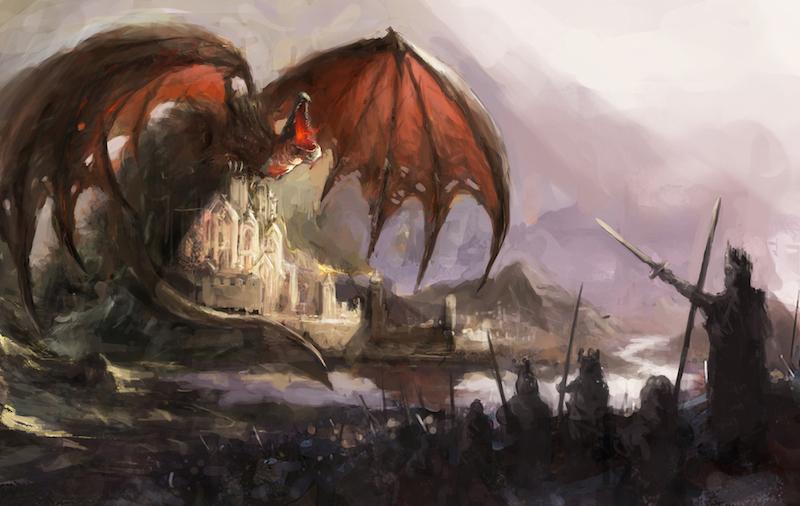
(Western dragon via Shutterstock)
(OK, they may be mythical, but that doesn’t matter)
There is a clear dichotomy between how the dragon is perceived in Eastern and Western cultures. Which may not be surprising given the different views they have on the other four animals too.
Except that with the dragon, the Eastern and Western versions of it are actually two different animals. While both are “dragons” in name, they look nothing alike and stand for different values in each culture.
Eastern dragons are divine animals from heavenly realms. They are symbols of prosperity, divinity, good fortune, and especially in China, the emperor himself. In fact, the Chinese and Vietnamese believe that they are descendants of dragons, which goes to show the elevated status of this mythical beast in Asia.
Conversely, Western dragons are hellish, lizard-like creatures. In numerous tales they bring death and destruction, and are often associated with evil forces.
Of course, there are wicked Eastern dragons too, and in recent times, there have been portrayals of good Western dragons. Yet the overarching perception of Eastern dragons remains positive, while in the West, the term “slaying dragons,” something unthinkable in the East, is still a popular expression.

Eastern Dragon (Jane Ku/The Epoch Times)
*Sleeping Cat via Shutterstock

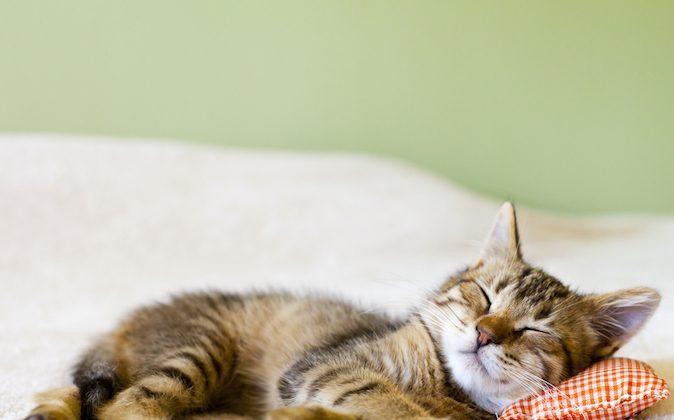




Friends Read Free